A Fab Self-Publishing Experience to Make a Beautiful Book - June Perkins and Magic Fish Dreaming4/30/2017
by Mira Reisberg One of the best parts of running the Children's Book Academy is seeing the beautiful books that our students make. This one is from June Perkins who took our Self-Publishing with Crowdfunding course, co-taught by Jed Alexander and myself. Magic Fish Dreaming is truly gorgeous, getting rave reviews, and most importantly getting into children's hands in June's native Australia. June did not want to wait for an editor or agent and the incredibly slow process of getting contracted and published. Because it's a book of poems, which also makes it harder to be picked up by a traditional publisher, June was wise to follow her heart and take her destiny into her own hands to create the book that she wanted. With the help of her illustrator Helene Magisson, and a small village of both professional and non-professional help, June has created something very beautiful and meaningful. We are so grateful that June was sympathetic with our instructions by getting her poems professionally edited and hiring a really high-quality professional illustrator and designer from the money she raised in her successful Kickstarter campaign. We are also grateful that this beautiful book exists because of its beauty, it's diversity, and the environmental caring it subtly weaves through inspiration. After the book came out, I was delighted to interview June for this blog in hopes that others will purchase it and learn from June's innovative poem structures, the exquisite art, and about this magic place in far North Queensland where Magic Fish Dreaming takes place. Here's the interview where June shares about her experiences of self-publishing and about her process in making the book. If you enjoy the interview, please leave a comment at the bottom. To find out more about June Perkins and Magic Fish Dreaming click here or find her on Facebook at https://www.facebook.com/magicfishdreaming/
To find out more about our Instant Access Self-Publishing with Crowdfunding course click here. There's currently a $60.00 discount with this Promo Code: ILOVEKidLit 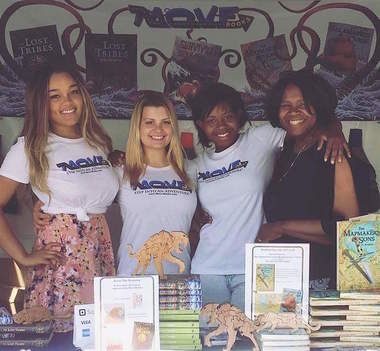 This was my first time at L.A. Book Festival and to say I was intimidated initially is an understatement. The festival attracts close to 150,000 people over the weekend. My publisher, Move Books, LLC, was booked for another event in New England but I was curious so I offered to "staff" their booth at the California event. I thought it would be a great way to meet and greet readers. I figured it would be an easy weekend. Little did I know what I was getting myself into. But after this weekend I'm already looking forward to doing it again next year. Here's some tips for those who are curious: It's not necessary to be a speaker on a panel to draw a crowd: I was not speaking on panels and as a result was not on the "author" list online. That was odd because the publisher had confirmations from them that I was signing at the booth both days. Probably a glitch. At first I was concerned that I wouldn't draw an audience or would be at a disadvantage. But at book festivals I discovered most of the attendees are fans of reading. Many people are coming to buy books and discover new authors. They aren't all coming to sit in an audience. There's just too many booths to explore. So there was constant traffic at the Move Books booth and I was asked to autograph books all day both days. Going to a panel might have actually reduced sales. 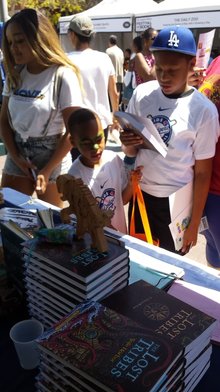 Wear comfortable shoes and bring a cooler with snacks and drinks. Be prepared to not have time for lunch, exploring, or bathroom breaks. You'll be on your feet a lot. Although not every reader was a "buyer", everyone who stopped by the booth was interested in hearing about the books we had, took bookmarks, asked if my book was available online, or at the library. This is marketing. Be kind and enthusiastic, even to the adults. Many want to "talk.". Ask questions and engage the readers. The next time a reader sees your name or your book, you won't be "just another face in the crowd." People who express interest and walk away often come back. Not all readers are converted to buyers on the first meeting. I was surprised at how many readers showing interest in my series came back the next day to make a purchase. Most explore the full festival before deciding what to take home (plus carting books around all day gets heavy). Be nice. And if you write other things, let them know. I made a lot of connections with educators. And was surprised at how many people recognized my books published at Scholastic. Now they can put my face with the other books they'd been reading all along. Plan on coming back the next year. One buyer came by the booth asking if I knew the location of another author's work. I didn't. The woman didn't know the name of the publisher, just the name of the book. She'd seen the book two consecutive years and didn't buy it. This year she came back specifically to get THAT book and get an autograph. We found the title on Amazon then looked to see if the booth was listed at the festival. It wasn't. So be warned. Sometimes "sales don't happen" on the first impression. But it doesn't mean a reader isn't thinking about you. While at our tent she asked about my series and later in the weekend came back to buy a set of books. 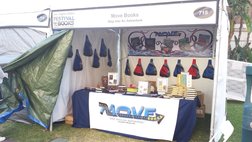 That is why I was glad to not be limited to a two-hour block of time for autographs. People could find me anytime they dropped by. At conferences I post a sign when I'm on panels to say when I'll return, but for the most part, at a festival, large crowds (including interested adults) swarm the area all day long making it hard for me to even get to the booths next door and across from us to get autographs from authors I admired. What if my publisher isn't going to be there (or isn't sponsoring me?) Make note of which bookstores have tents. We were next to two which were handling sales for large publishers like Scholastic, MacMillan and HarperCollins. If your publisher isn't going to have a booth, contact one of the bookstores to see if they'd allow you to have a signing block. Some festivals (such as Tuscon Book Festival) actually have a sign-up process and the festival will handle the book sales. If they say yes, then promote yourself and let people know you're signing in advance. Bookstores are in the business of selling books. Do your part and let your followers know where to find you. BUT - drumroll - Most festivals will allow you to share a tent. So band together with friends. I partnered with Elm Books (run by Leila Monaghan who also hosts the Kids of Color Childrens Book page on Facebook. We shared a tent at Tuscon book festival because my own publisher didn't have a booth there. I still sold most of the books I carried with me. So don't have publisher support? Find colleagues and ask if they want to share a booth. 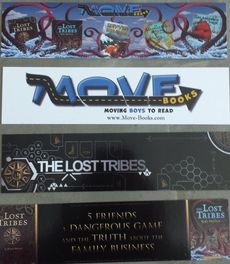 Bring marketing materials even if your publisher doesn't provide them. A lot of teachers and students come as a field trip on Saturday. I brought business cards, bookmarks and had a teacher sign-up sheet for those wanting information about my series or school visits. My publisher (can I tell you how much I love them?!?) sent two cases of backpacks with my book logo on them instead of their own. I was thrilled! Don't Be An Island All around you are other authors who are just as passionate about their own books. If you're not promoting books, then go to their panels and signings. Show them some love. Take photos and put them on social media. We're a village and helping to promote your colleagues will help promote you too. Most of all, have a blast. You'll be exhausted at the end of the two days but it will be worth it. I promise. 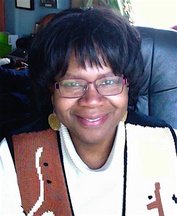 Christine Taylor-Butler is the author of more than 70 books for children. Her current passion is her contemporary sci-fi/fantasy The Lost Tribes about five children who learn they play a role in saving the world. When not writing, she is a freelance editor, and community volunteer. She's also a closet ballroom dancer, artist and personal servant of a cat and tank of fish. You can find her on Twitter: @ChristineTB Instagram: @christinetaylorbutler Facebook: ChristineTaylorButler.ChildrensAuthor, Website: www.ChristineTaylorButler.com The Lost Tribes Series: www.TheLostTribesSeries.com by Bryan Patrick Avery In the world of magic, there’s a theory called the “Too-Perfect” principle. The idea is that a magic effect can be so perfect that the solution becomes obvious, thus ruining the trick. One example of this is the Bill on Lemon effect where a signed bill disappears and then is found inside a lemon (or other fruit). There’s only one way the trick can be performed so the solution becomes rather obvious. To keep an effect from being too perfect, magicians add red herrings to hide the obvious solution, thus making the effect more interesting and mysterious. The result is an effect that is far more entertaining and engaging. The same thing can happen in our stories. If our characters are too perfect, they can ruin an otherwise good story. Adding imperfections to our characters can add conflict, suspense, and deeper meaning. One of my favorite imperfect characters is Teddy Fitzroy, from Stuart Gibbs’ FunJungle series. A brilliant kid, Teddy lives at FunJungle, the world’s largest zoo, with his parents. Teddy repeatedly solves mysteries at FunJungle, including the murder of a hippo, the theft of a koala, and the poaching of rhino horns. Though he is an adept investigator, Teddy is not without his flaws. Teddy tends to cause a lot of trouble. He gives chimps water balloons to throw at guests, drops a fake human arm into the shark tank, and causes an elephant stampede. His antics tend to land him in trouble, and quite often impede his ability to investigate. The fact that he is able to overcome these challenges makes Teddy a far more compelling character than if he were just a picture-perfect kid. The School for Good and Evil, written by Soman Chainani, features two magically imperfect characters. Sophie, who believes she is destined to be a princess and live happily ever after, and Agatha, draped in black with a wicked black cat, are transported to the School for Good and Evil. When Agatha is dropped into the School for Good and Sophie ends up in the School for Evil they are both sure that a mistake has been made. As the story progresses, it becomes clear that Sophie is not the perfect princess she believes she is. Even more surprising, Agatha is not the evil witch we believe her to be. As the two girls go through the school year, we begin to think that, perhaps, they are right where they are supposed to be. Even Sophie and Agatha begin to embrace what they learn about themselves. Their imperfections make Sophie and Agatha characters that we care about and want to root for. Here are a few of my other flawed favorites:
Ben Ripley, from Spy School by Stuart Gibbs Clementine, from Clementine by Sara Pennypacker Astrid, from Roller Girl by Victories Jamieson Nate Foster, from Better Nate Than Ever by Tim Federle There are, of course, many others. Our flawed characters can turn a good story into a great one. Here’s a little homework for you based on something I recently did for my current work in progress. Take your main character’s greatest strength and make it a weakness. For example, if they’re outgoing, make them socially anxious. If they’re extremely organized, make them horribly sloppy. You get the idea. Changing one character trait in my main character got my story unstuck and, I think, made the story much better. That’s all for now. Happy writing. Have a magical month.
From Amazon:
With playful prose and vivid art, Things to Do brings to life the small moments and secret joys of a child's day. There are wonders everywhere. In the sky and on the ground—blooming in a flower bed, dangling from a silken thread, buzzing through the summer air—waiting ...waiting to be found. In this thoughtful and ingenious collection of poems, Elaine Magliaro, an elementary school teacher for more than three decades and a school librarian for three years, and illustrator Catia Chien provide a luminous glimpse of the ordinary wonders all around us. Below are just a few of the beautifully active poems in this book.
She weaves in tons of quotes that either back up what she's writing or extends it so that the voice switches from Melissa's third person narrator voice and White's first person voice in his quotes and excerpts along with excerpts from his three delightful children's novels. Combined with the clever chapter headings, images, maps, family trees, and timelines Melissa has used her distinctive art collage technique with language and images to help inspire a new generation of E.B. White lovers while exploring the interconnections between his life, work, writing techniques and philosophies. I can imagine her laying out a timeline of his life and then her favorite quotes and excerpts and moving them all around before gluing down just like you do making a collage. It's a lovely image. Lucky for all of us, this is an authorized biography, hence the richness of quotes and excerpts. It ends with a wonderful author's note, an equally lovely afterword from E.B. White's granddaughter and excellent back matter and reference information. I'm writing this from memory from my mum-in-laws where we go every Sunday but clearly the book had an impact on me. It has also inspired me to return to a middle grade biography that I'd put away for a while. Let's see if I can work on it during our Middle Grade Mastery interactive e-course that starts tomorrow! I'm in such a place of middle grade mania that I wanted to share about why middle grade novels are magical - they are absolutely doable, even though picture book writers may not believe this. So much of the depth, information, art, humor, and concepts that Melissa was able to weave in would be completely impossible if she was limited to a picture book. So many great middle grade novels have been turned into movies and agents and editors are hungry for them. This is why award-winning author Hillary Homzie and I created Middle Grade Mastery that starts today!!! Hooray. If you are feeling brave, click here to check it out. Registration ends this Wednesday at midnight for 2017! Dr Mira Reisberg is a multi-published, award-winning children’s book illustrator and author whose books have sold over 600,000 copies. She has helped and continues to help many children’s book writers and illustrators get published. Mira has worked as an editor, art director, designer, university professor teaching kid lit writing and illustration, as well as a literary agent. She has a PhD in Education and Cultural Studies with a focus on kid lit. Hillary Homzie is another award-winning creative whose novels are being made into movies and TV series. She also teaches at Hollins University. Both Hillary and Mira love teaching the unfolding magic of Middle Grade Mastery!
|
We are so excited to be mixing things up at CBA, beginning with some delicious additions to the Blogfish. Meet our awesome bloggers!!
Here's our lineup: 1st Mondays begin with former school psychologist Dr. Debra Collins who will be writing about Social emotional Learning in kidlit and behind the scenes as well as Jewish children's books. 2nd Mondays will feature super smart Melissa Stoller whose career is taking off with several new books. 3rd Mondays will feature our new blogger coming soon. 4th Mondays features new blogger, the fabulous Brentom Jackson, who has a beautiful approach to blogging. And 5th Mondays we'll be taking a break Archives
July 2024
|
|
Discover
|
About Us
|
Join Us
Join our Community and receive a fabulous free gift, KidLit tips, newsletters, scholarship info, contests, and more!
Join our KidLit Mentorship |
Social Media
Interact with our FaceBook Group or follow us on:
|
© 2010-2024 All content on this website is copyrighted. Sorry, all courses are non-refundable.
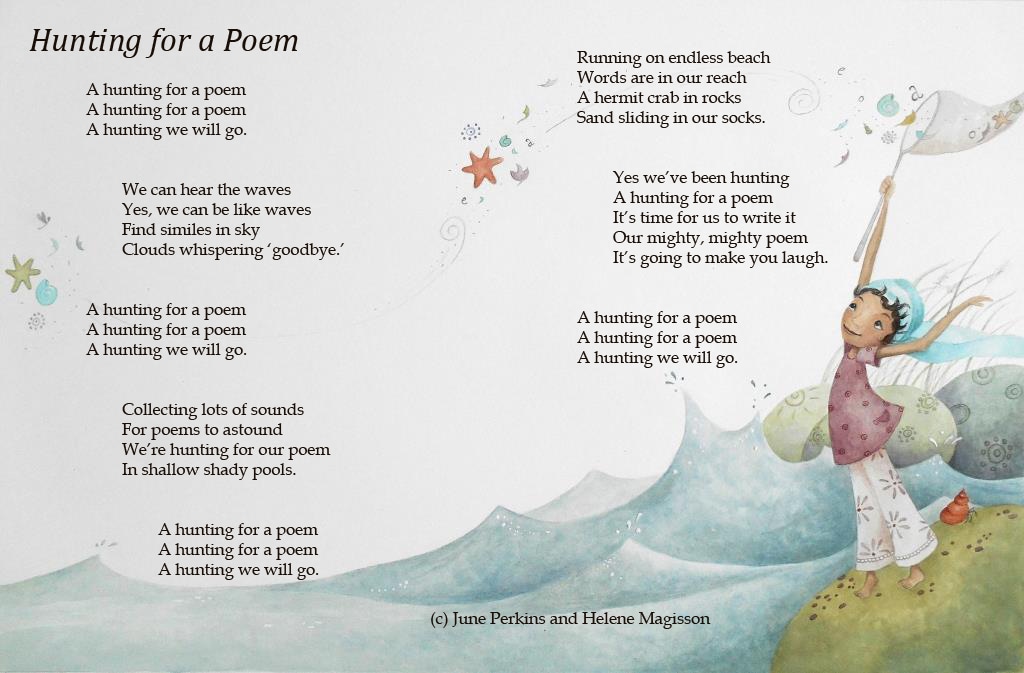

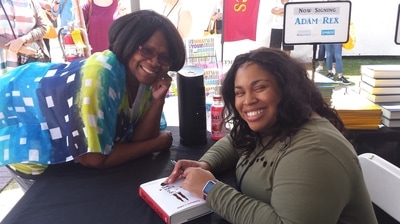
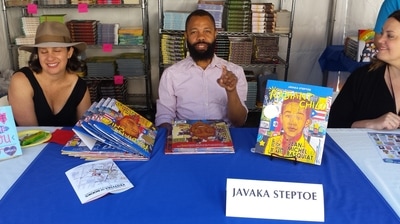
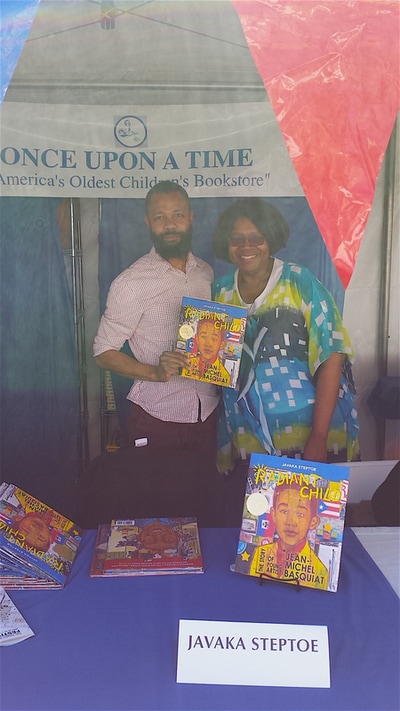
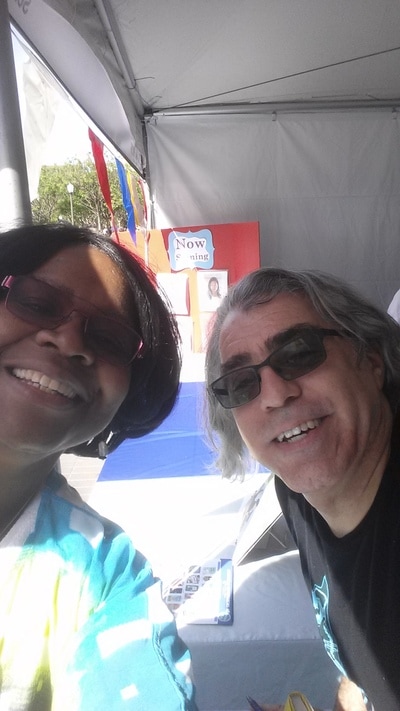
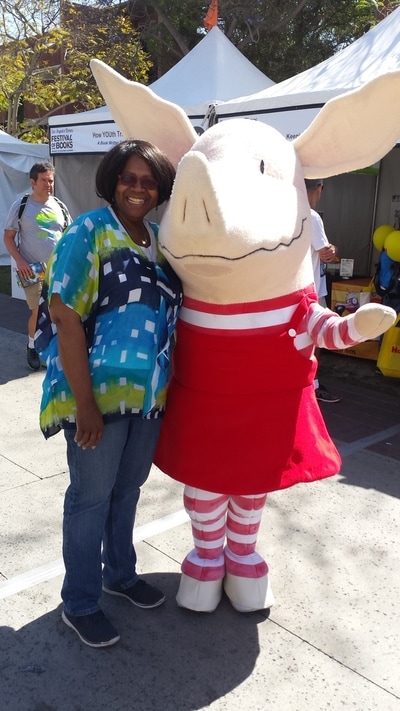
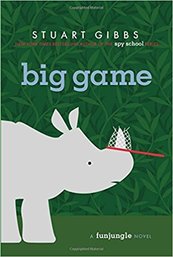
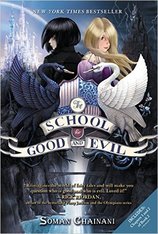
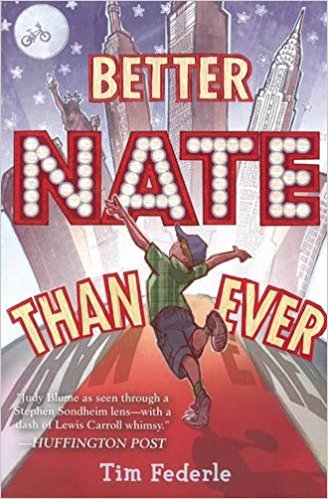
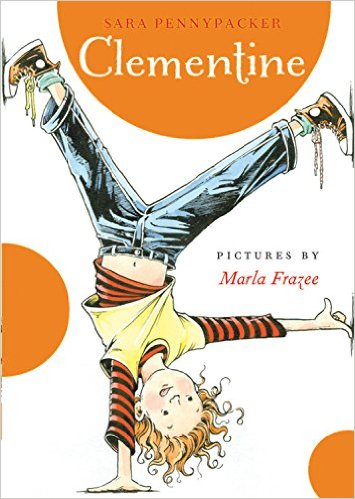
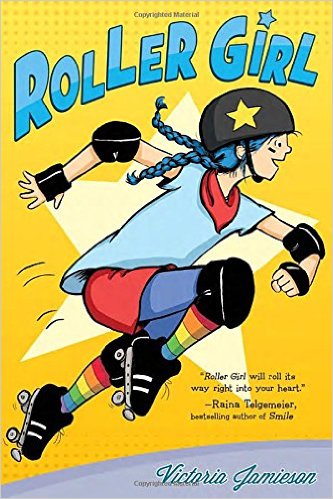
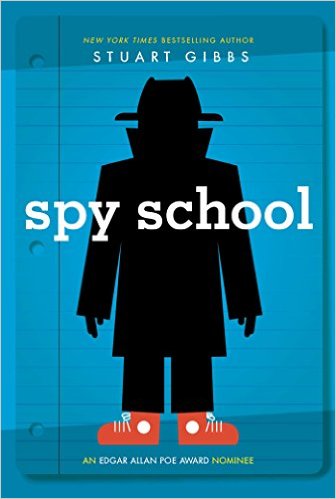
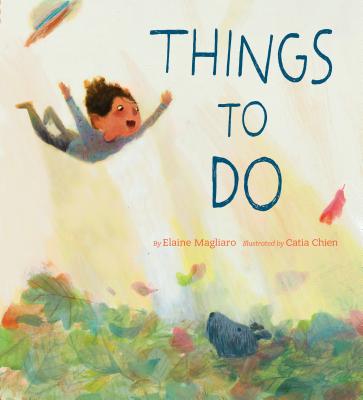
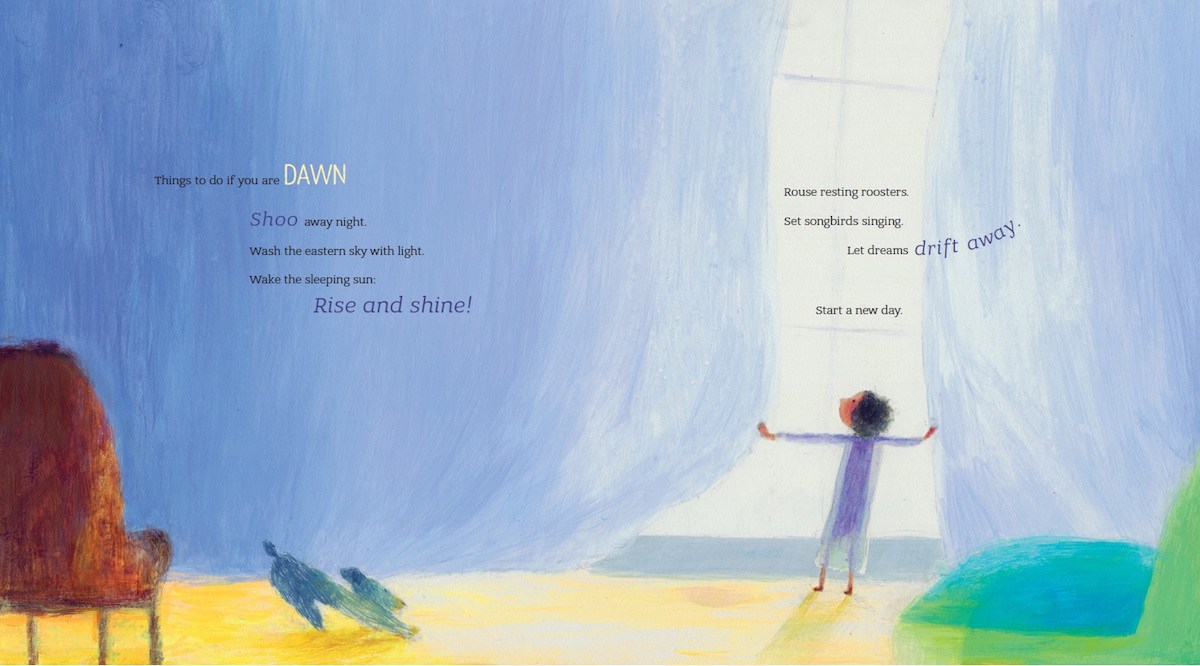
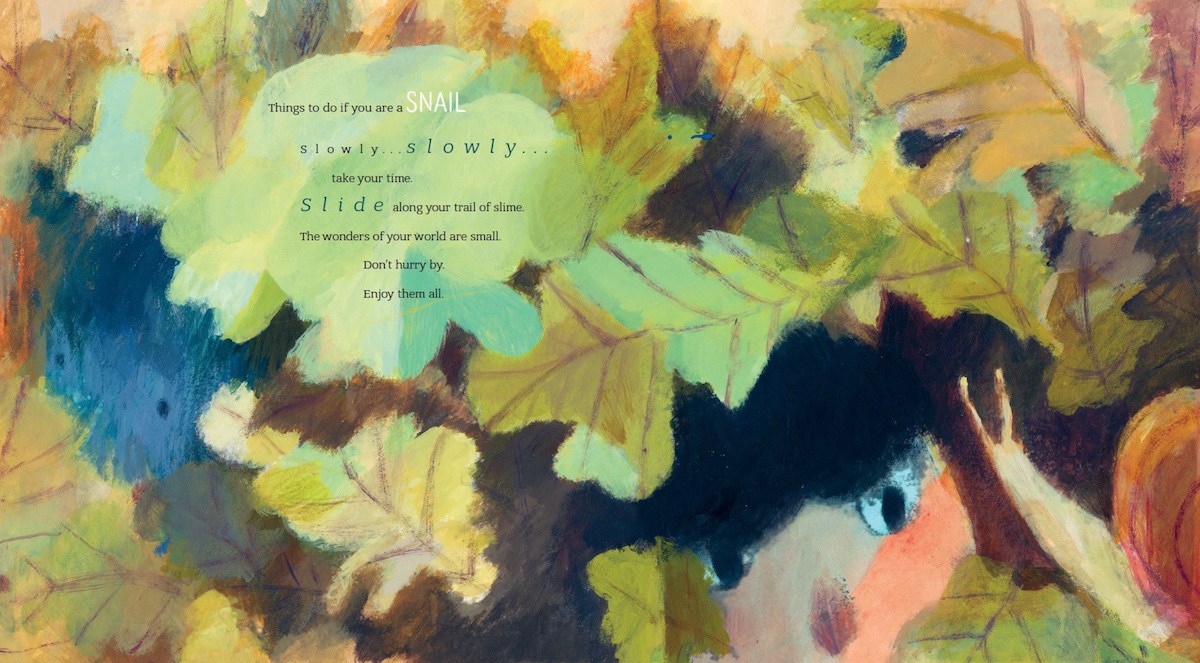
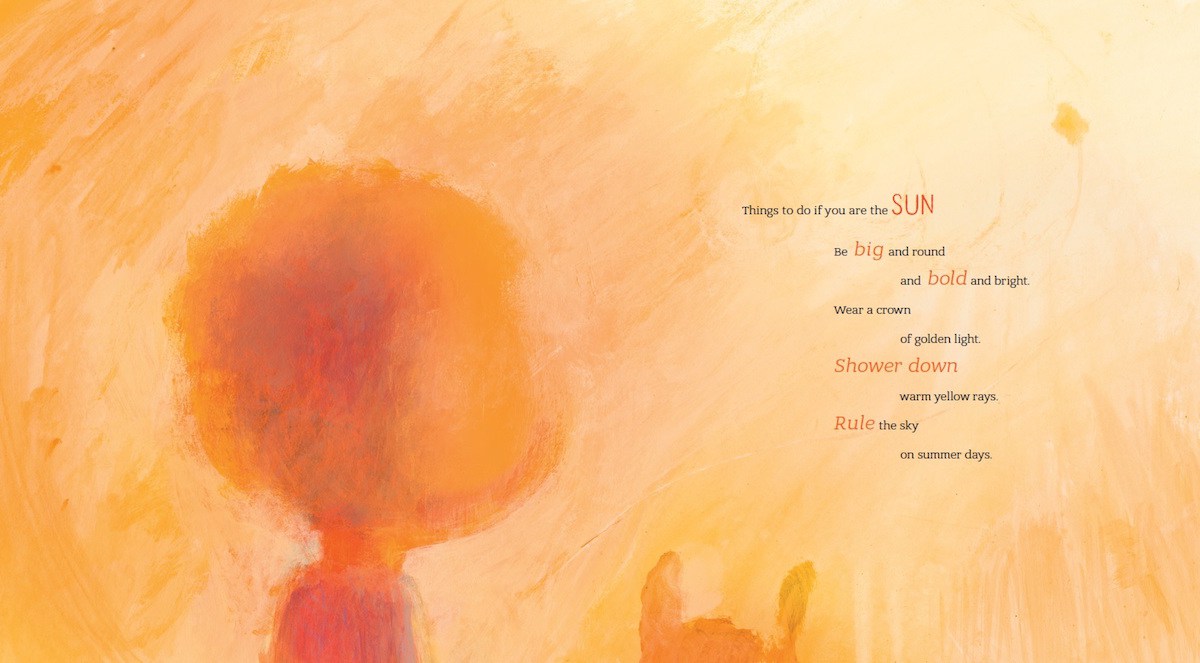
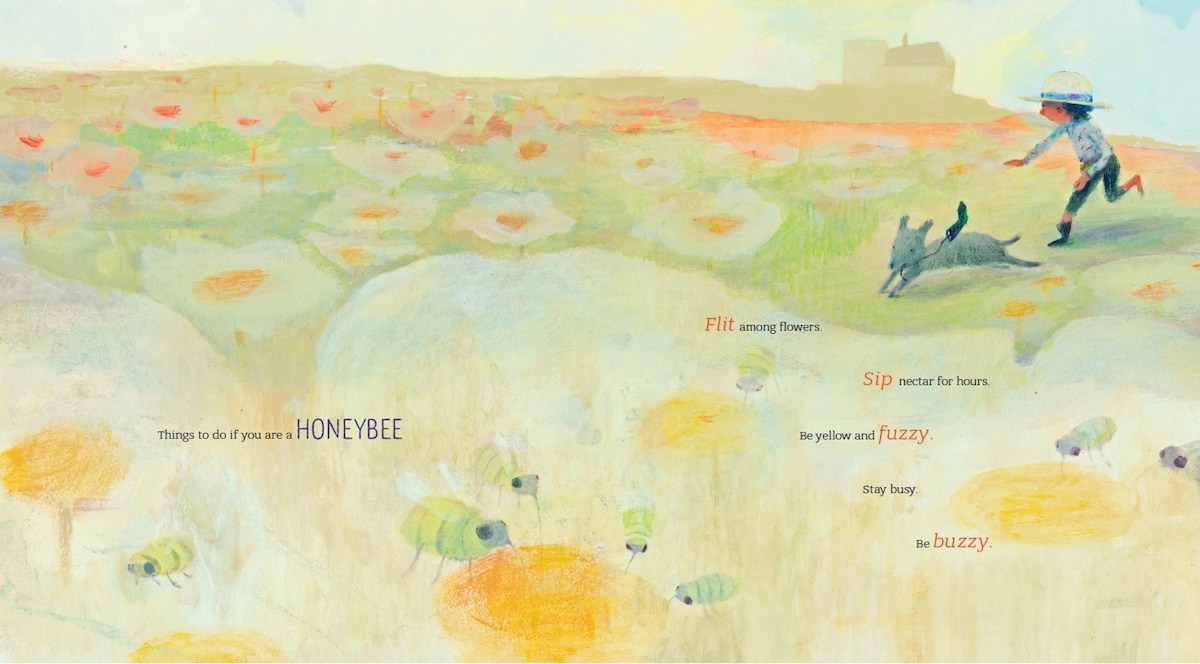
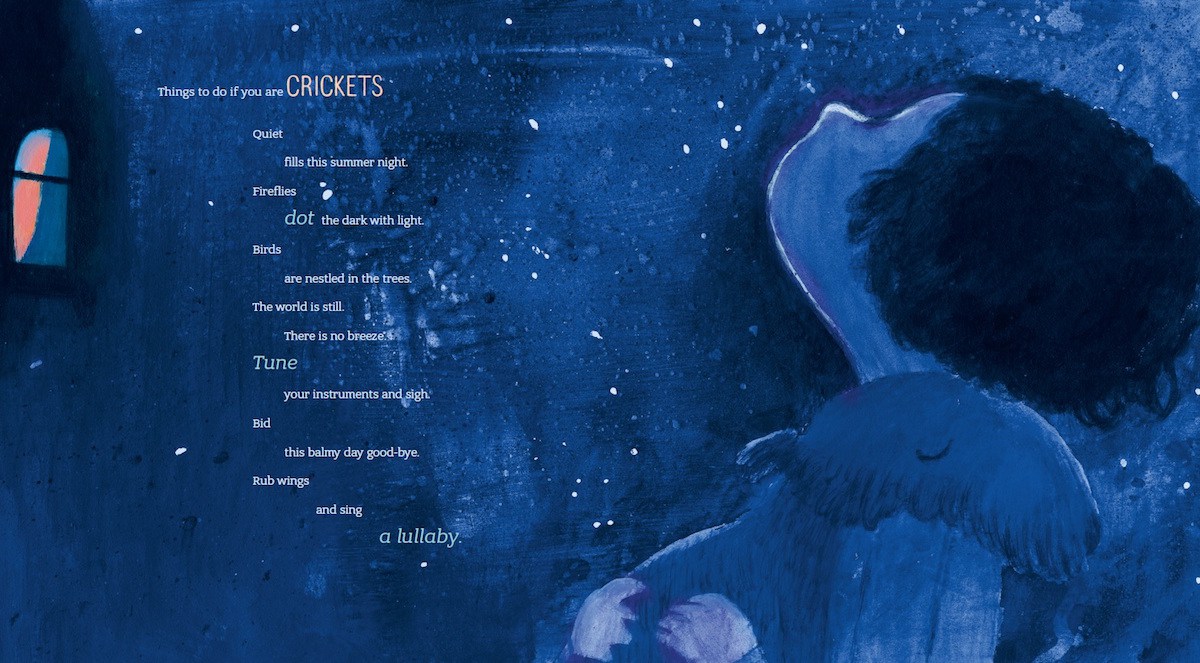
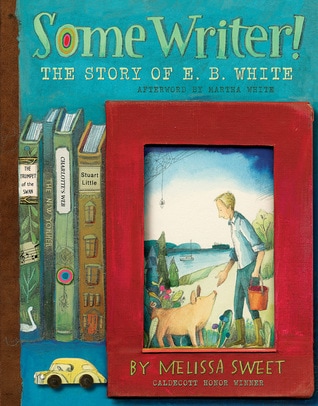

 RSS Feed
RSS Feed
